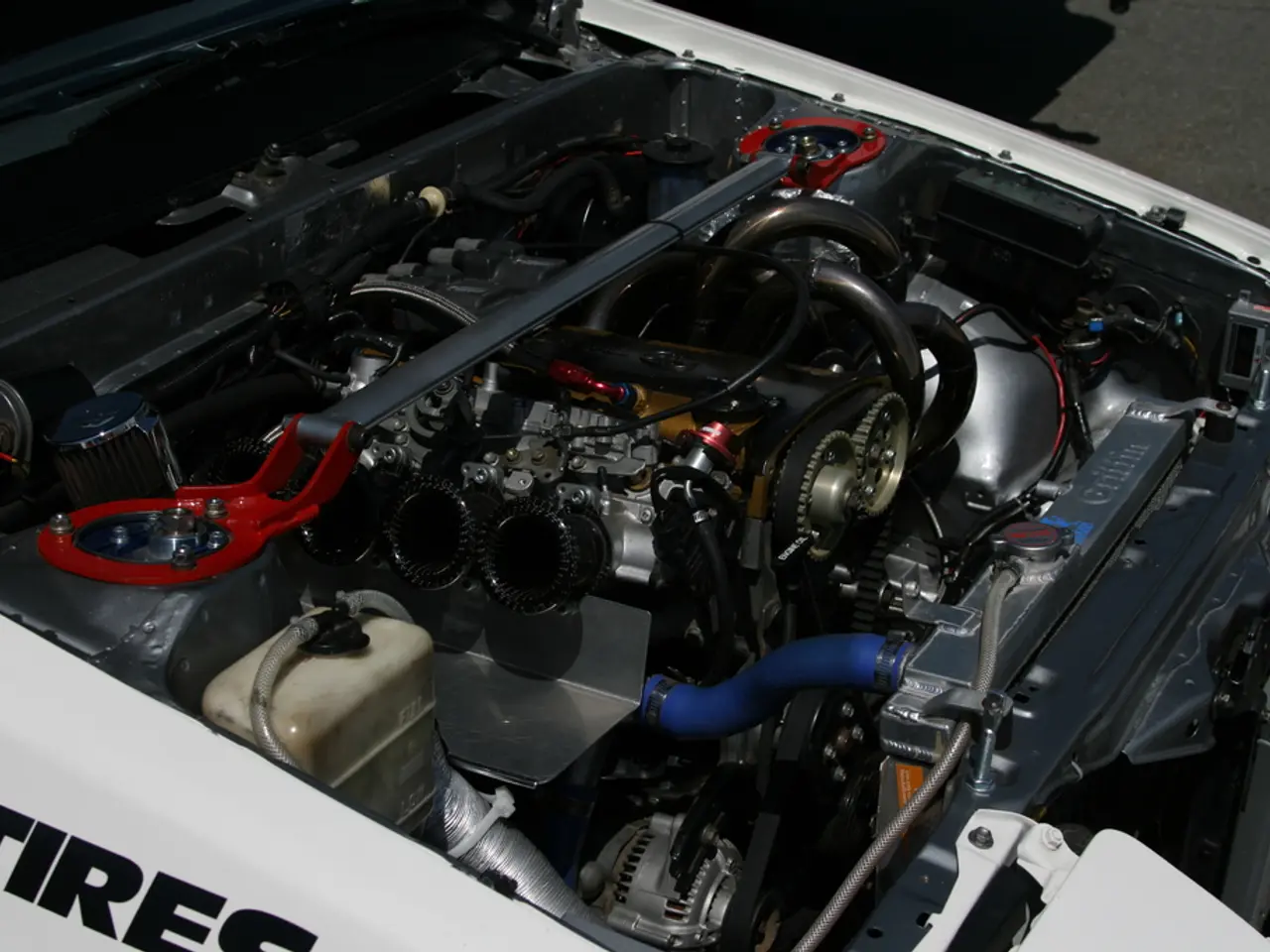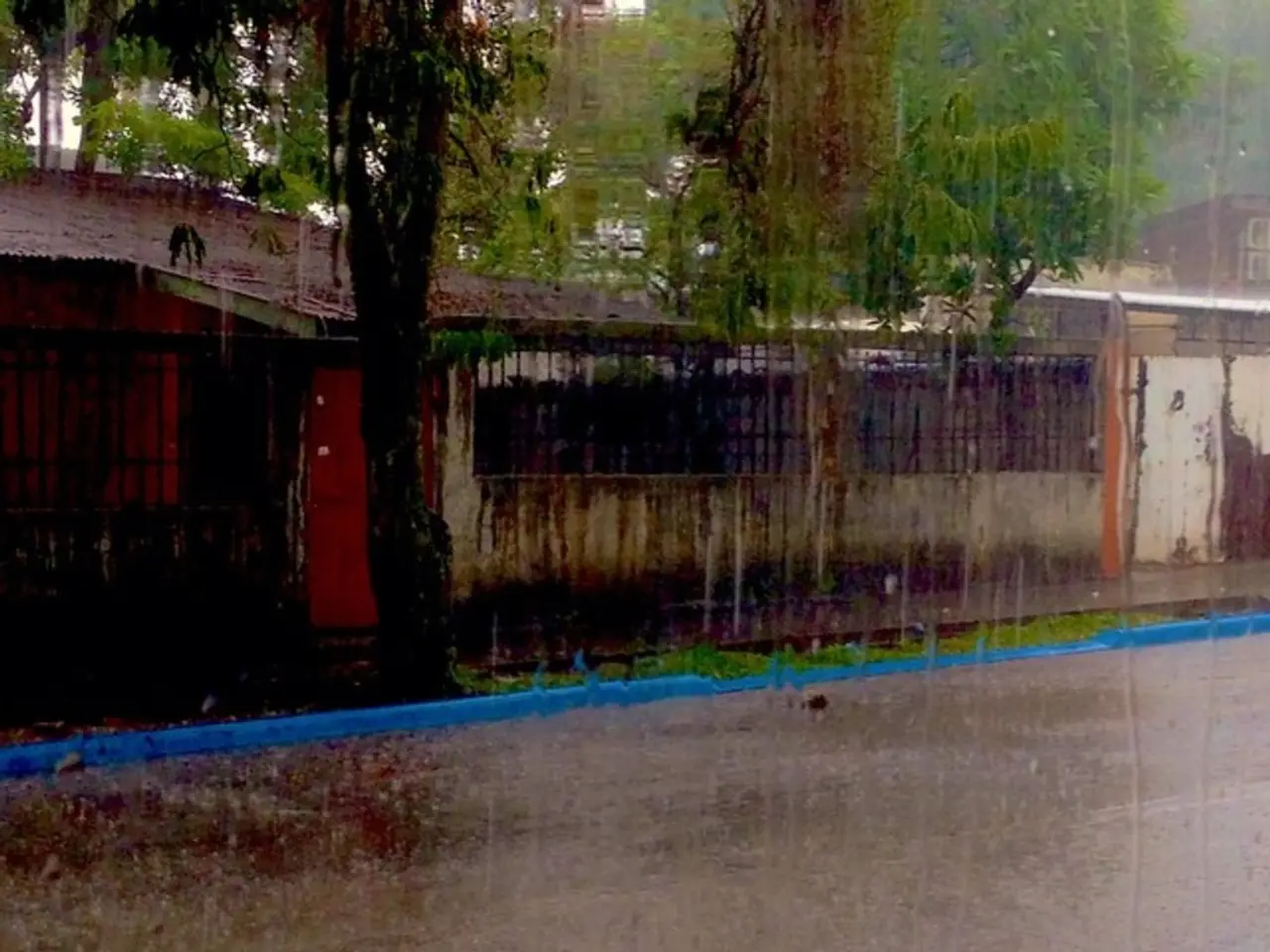Exploring the Intricate Network of Firework Production and Distribution!
In 2021, the fireworks industry faced significant disruptions, leading to shortages that have left many celebrations across the globe lacking the usual dazzling displays. This predicament can be attributed to a combination of pandemic-related factors and specific incidents in China, the world's primary producer of fireworks.
The heart of the problem lies in China, where about 99% of backyard fireworks and 70% of professional fireworks are manufactured. A factory explosion and COVID-19 lockdowns have reduced production capacity significantly, causing a ripple effect in the supply chain.
The disruptions didn't stop at the factory gates. Transportation and logistics challenges also played a significant role. There were widespread shipping backlogs, container shortages, port closures, and delays in loading and unloading cargo. The blockage of the Suez Canal further worsened shipping congestion.
The relaxation of pandemic restrictions and the desire for post-lockdown celebrations have caused a surge in demand for fireworks. This surge, compounded by the supply shortages, has pushed prices higher due to the constrained supply chain.
The popularity of fireworks for celebrations, spanning cultures and continents, from New Year's Eve to Diwali, has remained unchanged. However, the 2021 shortages serve as a reminder of the need to learn from the pandemic and apply those lessons to prevent or mitigate future shortages.
Fireworks are shipped from China to California for redistribution throughout the United States. The importance of effective Supply Chain management has been recognized by governments, businesses, and society, as the global supply chain landscape has become a critical driver of business success in an interconnected global economy.
High-performance computing (HPC) is essential in modern supply chain solutions due to the need for perfect precision and swift operations. As we navigate through the challenges of the current supply chain disruptions, it is clear that a robust and adaptable supply chain is crucial for ensuring uninterrupted celebrations in the future.
[1] The New York Times, "Fireworks Shortage Looms for 4th of July Celebrations," 3 July 2021, https://www.nytimes.com/2021/07/03/us/politics/fireworks-shortage-4th-of-july.html [2] The Guardian, "Fireworks Shortage Could Disrupt Diwali Celebrations," 13 October 2021, https://www.theguardian.com/world/2021/oct/13/fireworks-shortage-could-disrupt-diwali-celebrations [3] CNN, "Fireworks Shortage Affecting Holiday Celebrations," 25 December 2021, https://www.cnn.com/2021/12/25/world/fireworks-shortage-holiday-celebrations/index.html
- Global trade, particularly fireworks, experienced significant challenges in 2021, as disruptions in China, the primary manufacturer, led to supply chain management issues, transportation delays, and distribution difficulties, causing shortages in celebrations around the world.
- The surge in demand for fireworks, encouraged by the easing of pandemic restrictions and the desire for post-lockdown celebrations, combined with supply chain disruptions, has highlighted the importance of robust and adaptable supply chain management, accurate distribution, and effective transportation in the interconnected global economy, especially during times of crisis and high demand for certain products like sports events or festivals such as New Year's Eve, Diwali, and holidays.





